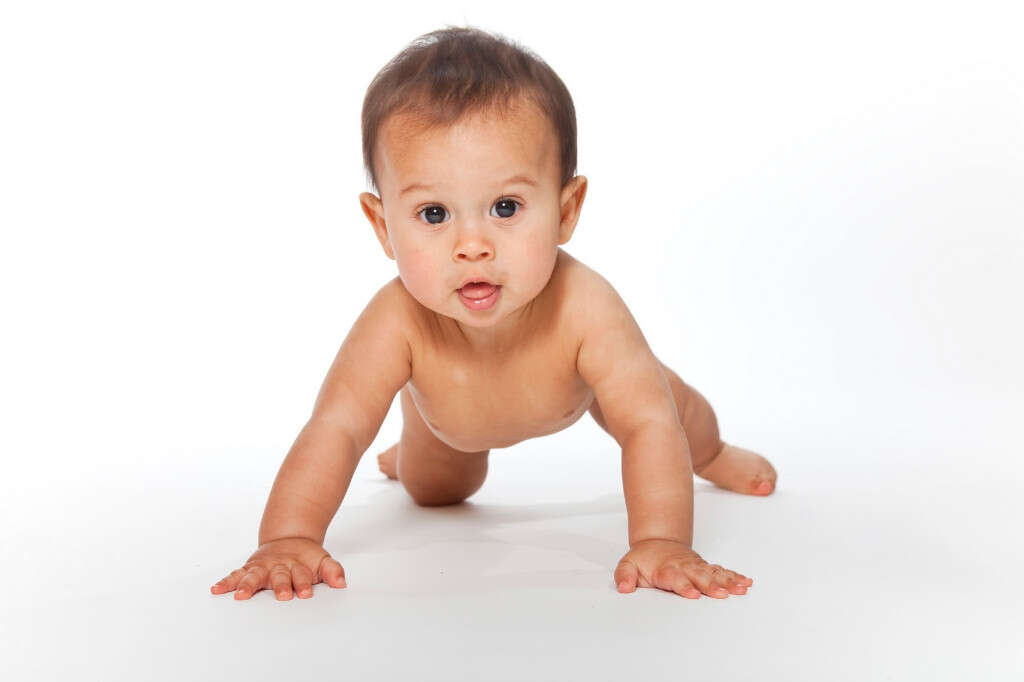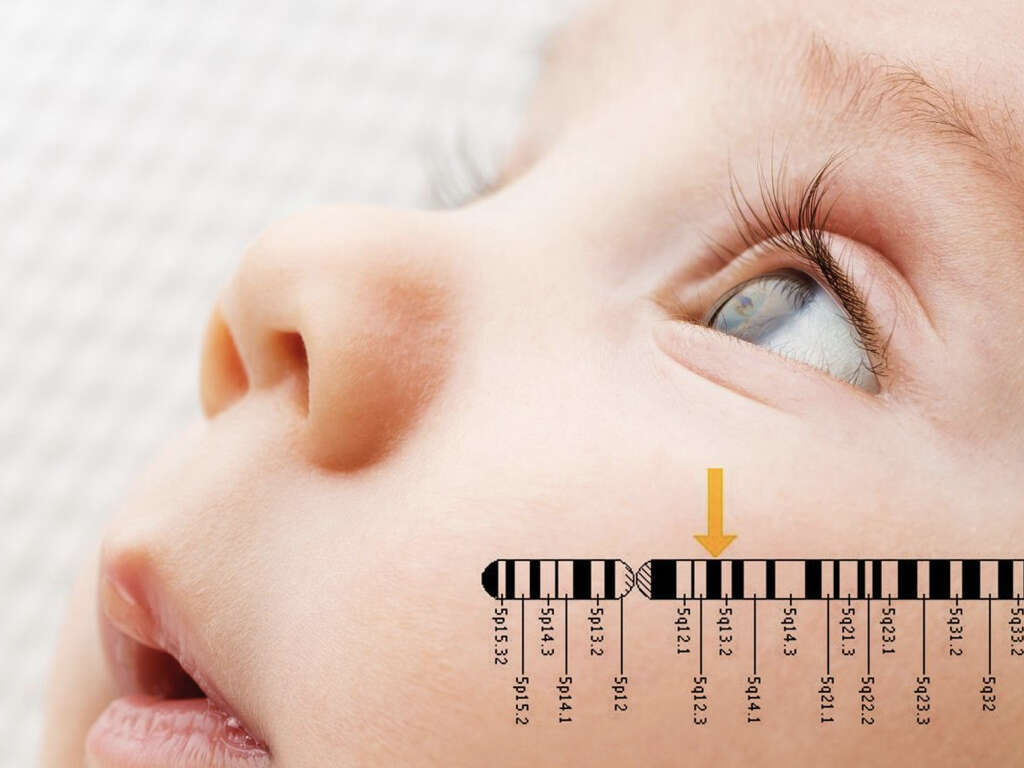10 Rett Syndrome Symptoms
Rett syndrome is an uncommon condition that affects the brain. It is a genetic condition and a developmental disorder that inhibits the proper growth of the brain. This leads to a worsening loss of motor skills and basic functions like speech. The condition most often affects young girls, although it can affect boys as well.
Most infants who have inherited the syndrome usually begin their lives quite normally. Although signs begin to show at around 6 months, for the first year and a half, they essentially grow at a normal pace, learn to crawl and walk properly, and begin to communicate normally. Unfortunately, usually around the year and a half mark, babies with Rett syndrome begin to lose the skills that they developed during their early age. The motor and mental degeneration continues and babies often become unable to properly function. There are other symptoms associated with the condition as well. Some babies will experience things like seizures and serious cognitive impairment. These problems can make it difficult or impossible for these young children to engage in healthy social activities.
There is no known cure for Rett syndrome; however, researchers are currently hoping to find healthy treatments. Currently, the best way to manage the problem is to work with therapists and kinesiologists who can help the children learn to control their movements, their speech, and their cognitive development. It’s also very important to make sure that the child has a healthy, supportive atmosphere in which they can grow. If you think that your baby is beginning to develop Rett syndrome, it’s a good idea to make sure that you’ve properly identified the symptoms. In this article, we’ve outlined the 10 most common symptoms of Rett syndrome. If you think your child is developing the condition, it’s best to seek help from your local healthcare provider.

Symptom #1: Stunted Growth
Babies with Rett syndrome often experience stunted growth in various areas. Usually, this begins as an abnormally slow growth of the brain after they are born. It’s normal for babies with the condition to have heads that are noticeably smaller than average.
As the child ages, it’s normal for them to experience stunted growth in other areas. They may have small extremities or be very short.

Symptom #2: Coordination Problems
Another of the most common problems associated with Rett syndrome is coordination difficulty. As we mentioned earlier, babies with Rett syndrome often develop normally for about 6 months and then they slowly begin to show signs of developmental difficulties. After this, many babies begin to demonstrate slowed development of motor control.
This often first manifests as an inability to properly use their hands. After this, babies often lose their ability to crawl or walk as well as they could before. Babies tend to lose these abilities quite quickly at first; progression slows afterward.

Symptom #3: Strange Hand Motions
Babies with this condition often demonstrate a motor tic in their hands. The motions might be different for each baby, but they are generally some sort of repetitive hand motion that doesn’t seem to serve any purpose.
Common hand motions include things like wringing or squeezing the hands, clasping and unclasping them, constant tapping, or fidgeting.

Symptom #4: Strange Eye Motions
Another thing that babies with Rett syndrome often experience is strange eye motions. Where they may have begun learning how to make eye contact and communicate normally during the early years of their life, babies with Rett syndrome often give strange looks to people.
There are reports that some girls with Rett syndrome will display rapid blinking, crossing their eyes frequently, or randomly keeping a single eye shut. Most will use ‘eye pointing’ as their primary way to communicate by intensely staring at something of interest.

Symptom #5: Difficulty Communicating
Babies with Rett syndrome often develop extreme difficulty with communication. They tend to have trouble especially with spoken language and body language but will use intense staring as a means to communicate.
Because of their difficulty in communication, they often lose interest in the people around them. They may seem quite antisocial because they have shortened attention spans a do not tend to want to play. Obviously, it’s important to give them as much—if not more—love than you would to any other baby. This can encourage them to continue trying to communicate.

Symptom #6: Irritability
Irritation is one symptom that begins to affect babies with Rett syndrome. This symptom tends to follow them throughout their early years and potentially into adulthood.
When the child is still young, this irritability may be expressed as excessive crying and screaming. As they grow older, they may express their irritability in other ways such as anger or impatience.

Symptom #7: Breathing Difficulty
Babies and children with Rett syndrome may express various breathing difficulties, which can be very frightening for their parents or caretakers. There are a number of different symptoms that these children may show.
These can include frequently and randomly holding their breath or hyperventilating. They may also forcibly blow their air out of their lungs as if they were aggressively sighing. Most often, these problems happen while the baby is awake but they may also demonstrate some breathing issues while they’re sleeping.

Symptom #8: Cognitive Problems
Rett syndrome is a neurological problem and thus might affect the neurons in the brain as well. This could lead to various cognitive difficulties early and later on in life.
Many babies show a rapid decrease in their cognitive abilities around the same time that they begin to lose their motor function. This can make it much more difficult for them to relearn these abilities without the help of physical therapy.

Symptom #9: Seizures
Seizures can present as rapid convulsions of muscles or even as a dazed out state. Sometimes, they are mild and just result in muscle spasms, but serious seizures can be debilitating and cause the patient to black out. Observers will see them shaking or convulsing on the ground.
Most people who have Rett syndrome will experience at least some type of seizure in their lives, and the intensity of the seizure varies from patient to patient. It’s important to take precautionary measures to ensure that you can get help should your child have a seizure.

Symptom #10: Scoliosis
Scoliosis is a term that describes an abnormal bending of the spine. The problem usually emerges when the child is between the ages of 8 and 11.
If it’s not corrected, it can become quite serious and lead to problems with posture and movement. In some serious cases, surgery is required to rectify the problem.












